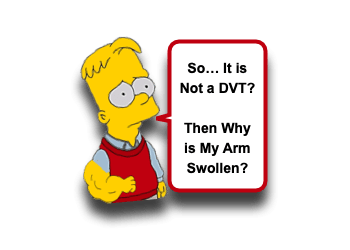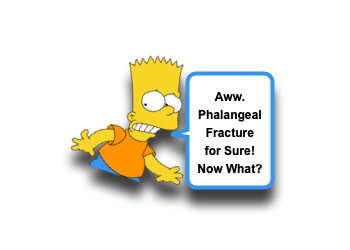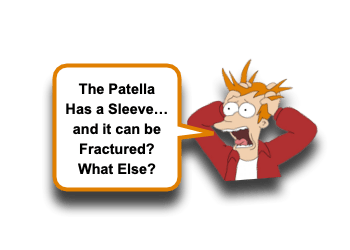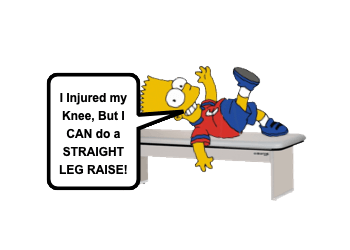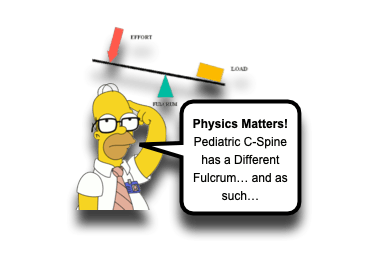Nontraumatic AtlantoAxial Subluxation in Children
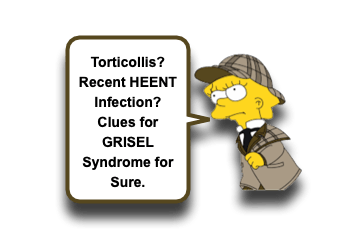
Children can have major conditions disguised as relatively minor problems. We often think of Inborn Errors of Metabolism presenting as innocuous vomiting or Late Onset GBS infection presenting as poor feeding. Obviously, conditions like these don’t remain innocuous for long…


